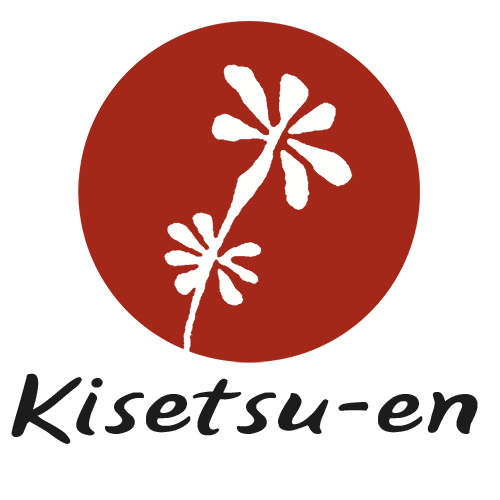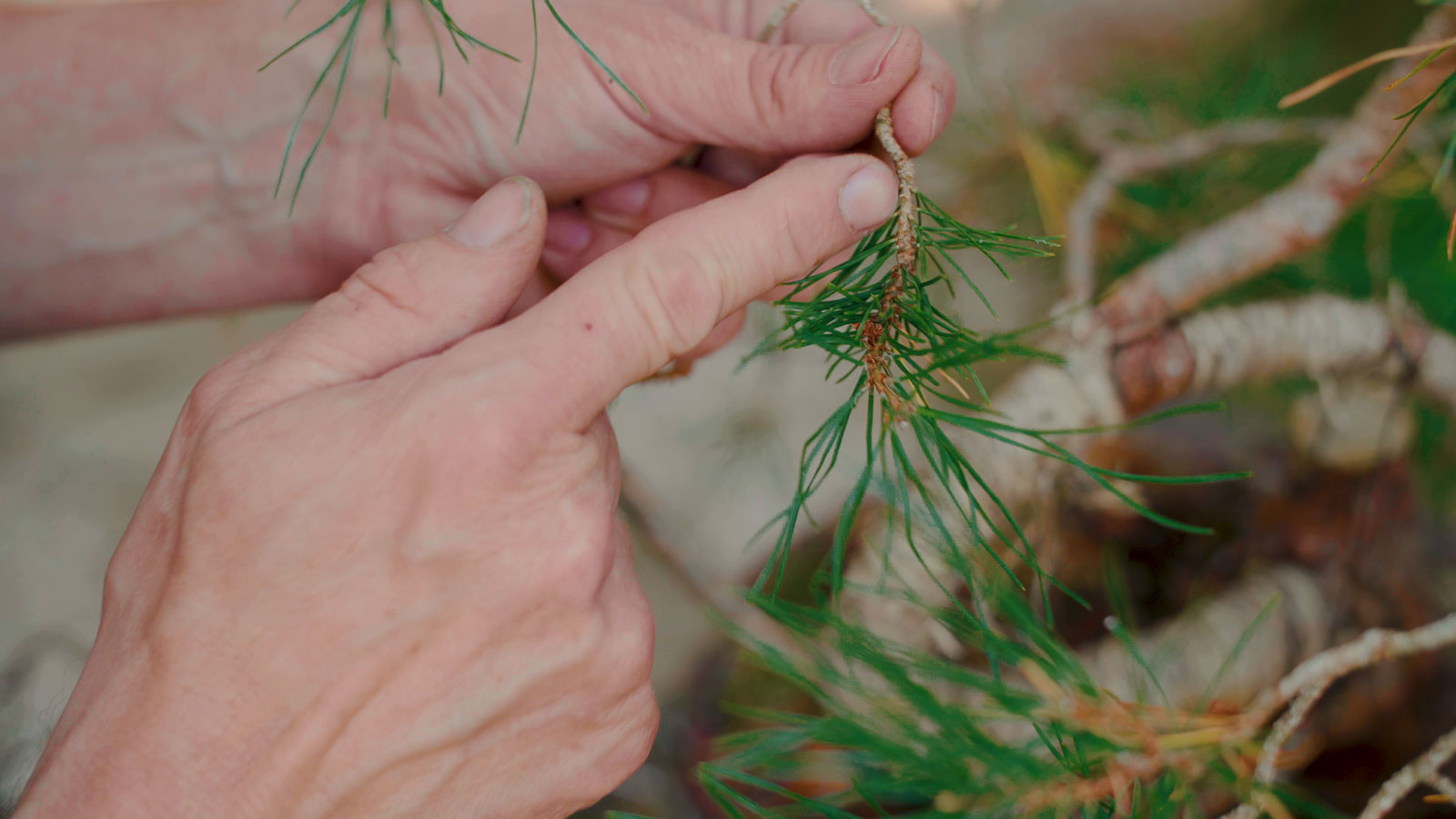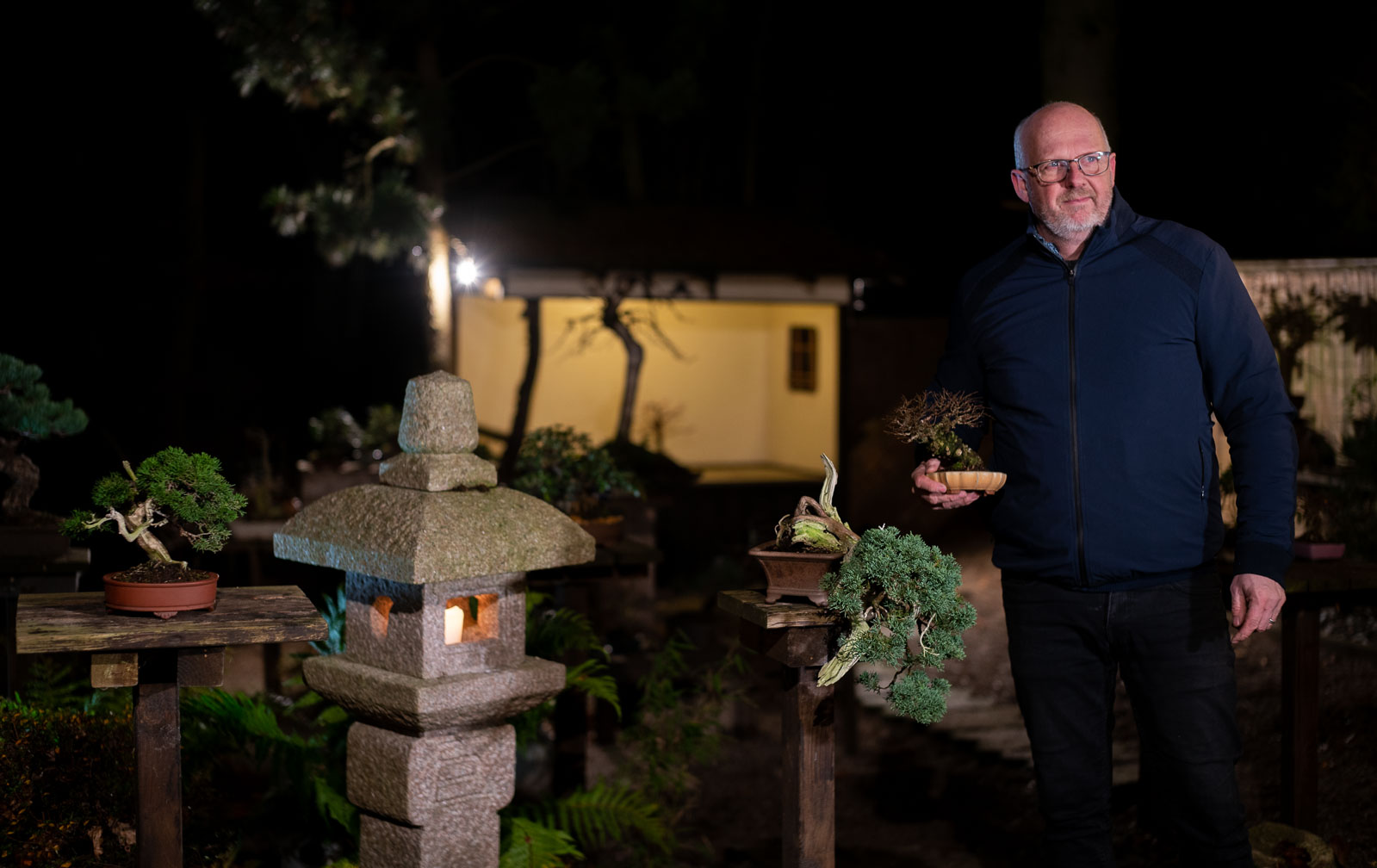
Akadama changes
Weather is different and climate changes. So do my bonsai soil mixtures. There will be a full theme about repotting shohin bonsai in the end of the month, ready for the repotting season. This you can see (if you are a subscribing member) in the Bonsai Video Studio. I will go through different repotting stages, soil mixtures and their influence on the bonsai design. But that’s two weeks ahead or so.
Back to the changes of the climate. 2017 was extremely wet. Raining cats and dogs day in and day out. And doesn’t seem to change soon no matter what Mr. trump says 

The very wet weather was bad for some shohin bonsai that had a not so well draining soil. Normally shohin dries out pretty fast, but this didn’t happen very often the past season. Resulting in collapsed soil structures and roots that partly rotted. This have to be corrected, else the life of the trees are in danger at worst. But also the overall performance of the trees healthy growth and ability to produce a dense ramification will be set back.
For many years I have avoided Akadama as a soil component because it wasn’t necessary for the climate here, and roots developed well without. Now this have to change. Akadama (and soils with same structure) have some great benefits for growing roots with a dense structure. But it also have some disadvantages, breaking down too fast if in a poor quality not leaving any room for the life important oxygen. Instead I have used a lot of grid and oxygen adding components so far with a good quality organic soil added. This has worked great so far for shohin and middle-sized trees.

Now I must realize this have to change. There are great substitutes for Akadama with the same important structure letting oxygen in a high amount being present. A key feature of Akadama is its ability to hold water and nutrients and slowly releasing these. The same is the truth for good quality organic soils. These soils are just not lasting as long as a fine quality Akadama. The difference is in the nature of Akadama as a mineral having a structure that lets roots growth through and dividing roots in a fine pattern. This doesn’t happen the same way with organic soils, but can be achieved with the right soil mixture. Anyway, I am now introducing a Akadama substitute (with exactly the same structural important features) produced locally. Same mineral with same important pores and ability to be divided by growing roots and building up a dense and fine root structure. With the bonus that it is much cheaper, because it is produced locally. This also saves the planet a bit when avoiding transport from the other side of the world. Looking forward to a great growing season with spring not so far away. Watch the Bonsai Video Studio for more information when the theme about shohin repotting is released later this month.





2 Comments
Peter Gielen
I have banned for 6 years akadama with great succes see zeolite, bims and lava, that’s my mixture zeolite for water holding and minerals, bims less for water holding and minerals and lava as airholder. The CEC is much better and the draining even in wet conditions is perfect. My sho hin stands in a tray filled with coarce bims and lava so my trees can grow outside there pots. If you want more information you can contact me I can give you my information or if you want I’ve seen you come on 8 august to Bonsai center Belgium . I see you there
Peter Gielen
albek
Hi Peter
Good to hear other experiencing different solutions to soil mixtures. Probably one of the most debated topics in the bonsai world.Look forward to meet you in Belgium and exchange knowledge. Best regards, Morten Albek